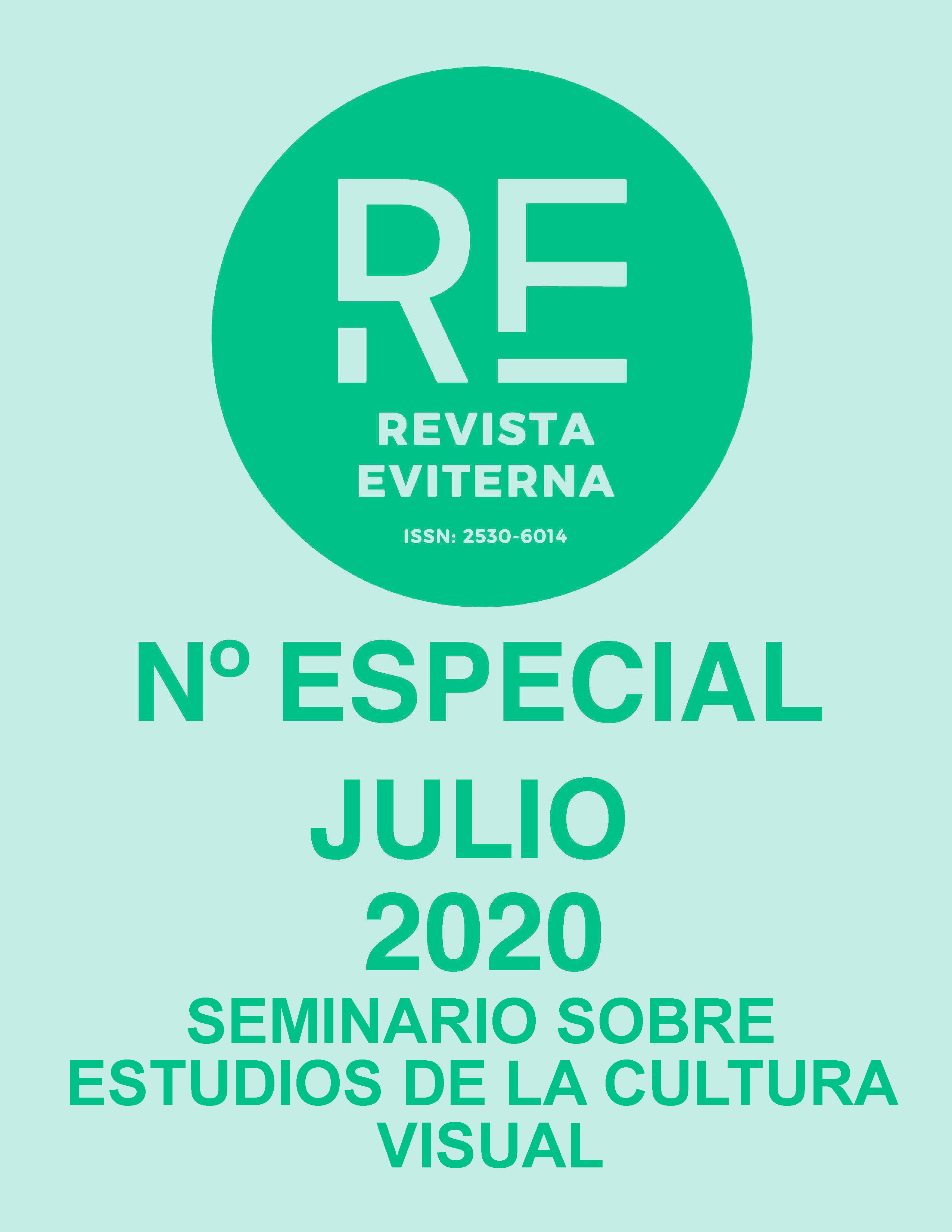Configuración de la imagen de María Magdalena en la antigüedad y Edad Media
DOI:
https://doi.org/10.24310/Eviternare.vi4.9821Palabras clave:
María Magdalena, Evangelios canónicos, Evangelios gnósticos, Apostolorum apostol, teoría de la unidadResumen
A lo largo de este artículo nos proponemos acercarnos a la figura de María Magdalena a través de las distintas fuentes literarias y su repercusión en la iconografía. Discípula de Jesús, testigo de su enseñanza y de su vida, fue la primera persona que tuvo noticia de su resurrección y que la comunicó a los discípulos. Esta mujer ha sido objeto de admiración, pero también de controversias a lo largo de los siglos. Su nombre no está vinculado a un varón, no lleva el apellido de su padre o de su esposo, sino el de la ciudad de Magdala. Lleva por sobrenombre un topónimo, que es el de su lugar de origen, en la orilla noroccidental del Lago de Tiberíades de la región de Galilea, desde donde había seguido a Jesús. La historia de la cristiandad la convirtió en uno de los personajes más populares, siendo fuente de inspiración para numerosos pintores y escultores; y sobre su persona se han elaborado leyendas, fábulas, poesías, novelas, obras de teatro y ensayos. Se puede decir que cada época ha creado a su Magdalena en función de sus necesidades e intereses. A la figura originaria de la Magdalena como seguidora de Cristo, se han añadido ideas y leyendas que llegaron a configurar su imagen mítica. Las imágenes cambian, pero son importantes para expresar conceptos y así ha ocurrido con las distintas imágenes sobre María Magdalena a lo largo de la Antigüedad, Edad Media y épocas posteriores.Descargas
Métricas
Publicación Facts
Perfil de revisores N/D
Información adicional autores
Indexado: {$indexList}
-
Indexado en
- Sociedad Académica/Grupo
- N/D
- Editora:
- Universidad de Málaga
Citas
Bernabé Ubieta, Carmen (2018), María Magdalena. Tradiciones en el Cristianismo primitivo. Ed. Verbo Divino: Estella (Navarra).
Burnet, Régis (2007), María Magdalena. Siglo I al XXI. De pecadora arrepentida a esposa de Jesús. Desclée de Brouwer: Bilbao.
Delenda, Odile (2019), La Magdalena en el Arte. Un argumento de la Contrarreforma en la Pintura española y mejicana del siglo XVII. En Actas del IIIer Congreso del Barroco Iberoamericano, Tomo I. Sevilla, p. 277-289.
García Álvarez, César (2018), La imagen de María Magdalena en la literatura del Siglo de Oro español. Revista agustiniana, vol. 59, nº 178-179, p. 55-108.
La Puerta Montoya, Magdalena de (2005), La figura de la Magdalena en la Pintura Española del Siglo de Oro. En Mata Induráin, Carlos (dir). En Actas del Congreso El Siglo de Oro en el Nuevo Milenio. Pamplona, Eúnsa, p. 963-978.
Mar Marcos & Juana Torres (2007), El evangelio de María Magdalena y la literatura gnóstica. En Gómez-Acebo, Isabel (dir), María Magdalena. De apóstol, a prostituta y amante. Bilbao, Desclée de Brouwer, p. 117-151.
Pedro, Aquilino de (1990), Diccionario de términos religiosos y afines. Editorial Verbo Divino, Estella (Navarra).
Réau, L. (2001): Iconografía de los santos G-O. En Iconografía del arte cristiano, tomo 2/vol. 4. Ed. del Serbal, Barcelona, p. 293-306.
Rocco, Diana (2007), María Magdalena en la patrística. En Gómez-Acebo, Isabel (dir), María Magdalena. De apóstol, a prostituta y amante. Bilbao, Desclée de Brouwer, p. 153-176.
Roselló Soberón, Estela (2009), El cuerpo de María Magdalena en un devocionario novohispano: La corporalidad femenina en la Historia de la Salvación del siglo XVIII. En Corporalidad femenina y Salvación. Instituto de Investigaciones Históricas. Universidad Nacional Autónoma de México, p.57-79.
Sánchez Morillas, Beatriz (2014), María Magdalena, de testigo presencial a icono de penitencia en la pintura de los siglos XIV-XVII. Tesis doctoral, Universidad de Sevilla.
Santos Otero, Aurelio de (1999), Los Evangelios Apócrifos. B.A.C.: Madrid.
Schökel, Luis Alonso & MATEOS, Juan (1977), Nueva Biblia Española. Ediciones Cristiandad: Madrid.
Vorágine, Santiago de la (1982). La leyenda dorada, trad. J.M. Macías. Alianza: Madrid.
Descargas
Publicado
Cómo citar
Número
Sección
Licencia
Todos los contenidos publicados en Revista Eviterna están sujetos a la licencia Creative Commons Reconocimento-NoComercia-Compartirigual 4.0 cuyo texto completo puede consultar en <http://creativecommons.org/licenses/by-nc-sa/4.0>

Se pueden copiar, usar, difundir, transmitir y exponer públicamente, siempre que:
- Se cite la autoría y la fuente original de su publicación (revista, editorial y URL de la obra).
- No se usen para fines comerciales.
- Se mencione la existencia y especificaciones de esta licencia de uso.
Los derechos de autor son de dos clases: derechos morales y derechos patrimoniales. Los derechos morales son prerrogativas perpetuas, irrenunciables, intransferibles, inalienables, inembargables e imprescriptibles.
De acuerdo con la legislación de derechos de autor, Revista Eviterna reconoce y respeta el derecho moral de los autores/as, así como la titularidad del derecho patrimonial, el cual será cedido a la Universidad de Málaga para su difusión en acceso abierto.
Los derechos patrimoniales, se refieren a los beneficios que se obtienen por el uso o divulgación de las obras. Revista Eviterna se publica en open access y queda autorizada en exclusiva para realizar u autorizar por cualquier medio el uso, distribución, divulgación, reproducción, adaptación, traducción o transformación de la obra.
Es responsabilidad de los autores/as obtener los permisos necesarios de las imágenes que están sujetas a derechos de autor.







12.png)



